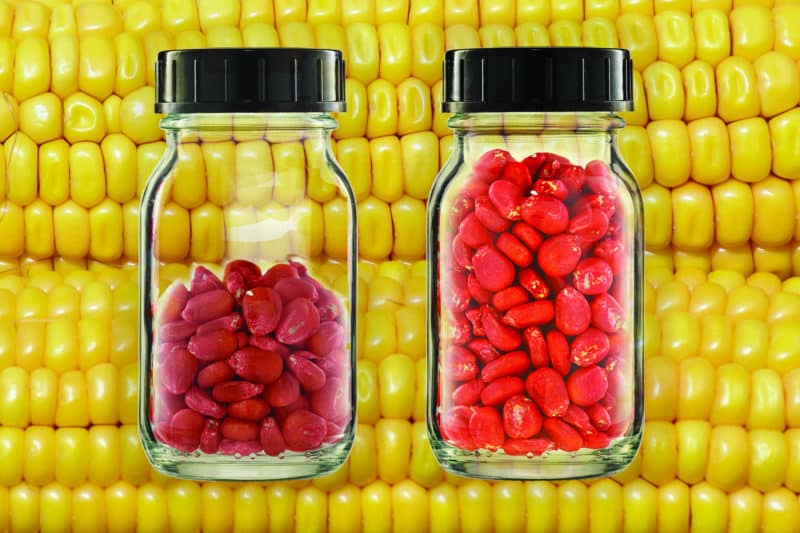Through Clariant’s investment in listing Pigment Red 112 for use as a seed colorant in the U.S., the company created a globally marketable and superior colorant option for U.S. manufacturers, and a new branding opportunity for their customers.
A mainstay in global seed treatment formulations, Pigment Red 112 offers more than another solution to color application. The pigment previously not approved for use globally, now offers allmanufacturers the opportunity to formulate and market a globally accepted product with the best colorant attributes the industry has to offer.
Pigment Red 112 has been widely used throughout the world for seed treatment, however, the pigment wasn’t approved for use in the U.S. prior to Clariant’s petition of the U.S. Environmental Protection Agency (EPA). In 2014, the EPA granted clearance for Pigment Red 112 and opened the door to opportunities for the pigment to be used globally in seed treatments; prior to 2016, if a seed product was formulated in Europe using Pigment Red 112, it could not be distributed in the U.S.
“Because of our work, Pigment Red 112 is now EPA approved, and that approval allows companies to formulate a product using one formula for sales into multiple countries,” says Mark Self, market segment manager for special applications, Business Unit Pigments North America at Clariant.
From a color perspective, Clariant’s Pigment Red 112 offers superior opacity and color strength — meaning the hiding power and color are stronger and give better coverage than equal quantities of the predecessor, Pigment Red 48:2.
“Customers really appreciate full coverage of the seed, and the hiding power of Red 112 really gives a more uniform look,” says John Kibbee, who serves as vice president of Technology for Clariant’s distribution partner Standard Colors. “For example, on soybeans one ounce of Red 48:2 has become the norm for providing the intensity and uniformity that customers expect.However,our customers are seeing the same or better performance with three quarters of an ounce of Red 112.”
Kibbee says that by using less colorant, manufacturers are provided more space for additional agronomically beneficial ingredients in the seed treatment.
“Anything you can do to reduce the amount of colorant content is beneficial” he says, “the more room you leave for the biologicals and other treatments that will help seed performance the better.”
Additionally, Red 112 has extremely low solubility, making it a perfect component for seed treatments. The low solubility means the particle size (and performance) is much more stable thanPigment Red 48:2. Pigment Red 112 doesn’t contain calcium like Pigment Red 48:2, so avoids a potential cause of thickening and gelation of products and slurries.
Pigment Red 112 is extremely stable, an important criterion for any seed treatment product, and provides customers more than a premium quality seed colorant solution.
“Red 112 is a brighter cleaner shade; it’s easier to make other custom color blends with it,” Self says.
That important attribute of the colorant is where many Agrocer customers are finding a branding advantage. They can have a color blended to their specific shade requirements.
Today, Clariant, in partnership with Standard Colors Agro Group can provide a variety of shades for any color a customer can imagine and deliver a product in virtually any package size a customer desires. This gives seed companies, no matter their scale, the opportunity to leverage color within their branding strategy.












